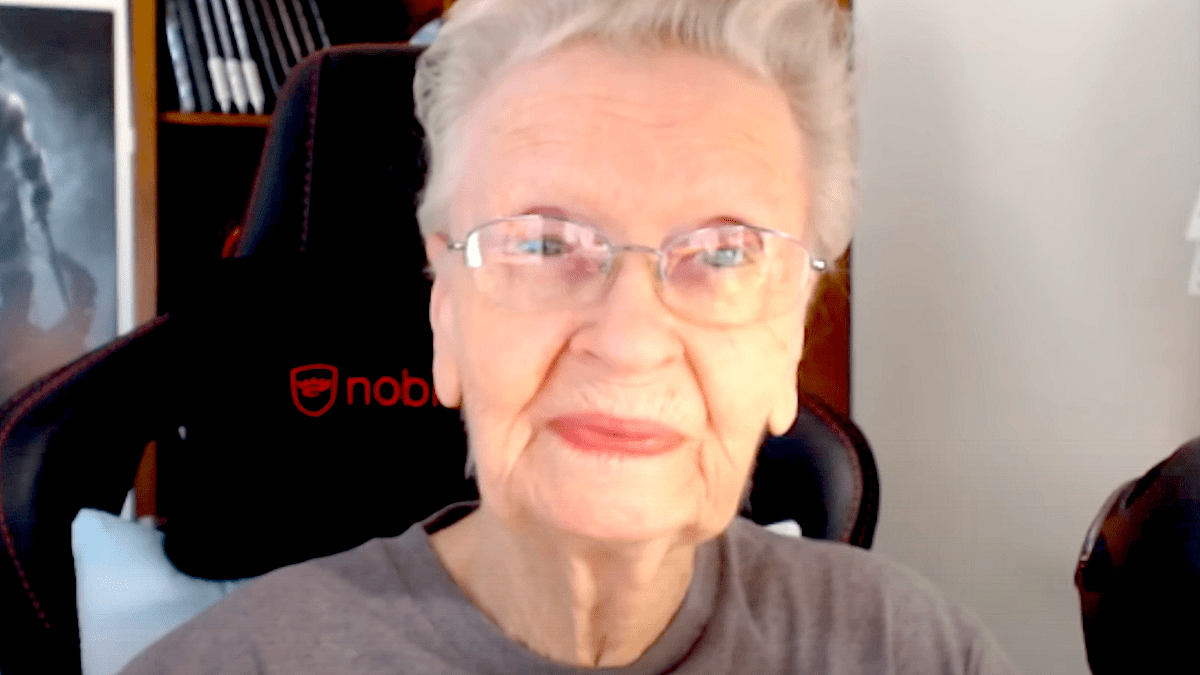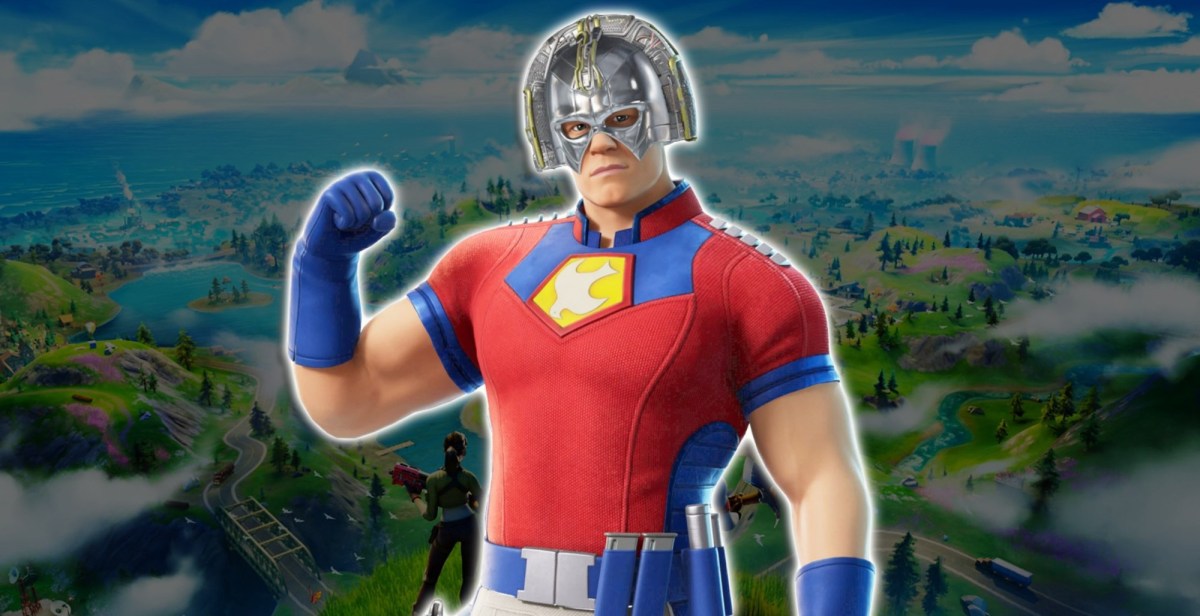It’s been a long time coming for Psychonauts 2. Shortly after the release of the original in 2005, it felt like there were rumblings of a future entry in the planning stage. However, despite the best efforts of Double Fine head Tim Schafer, the low sales of the first game torpedoed plans for a sequel. That is until 2015, when a sequel was finally announced thanks to the then-burgeoning world of crowdfunded games. A lot has happened since then, including the acquisition of Double Fine by Microsoft, but Razputin Aquato is finally back in action.
Picking up following the events of Psychonauts in the Rhombus of Ruin (thankfully, there is a recap video to explain what you need to know), Psychonauts 2 sees Raz finally make his way to the Psychonauts Headquarters. However, despite all he did in the previous games, he finds himself shuffled into the Intern Program thanks to second-in-command Hollis Forsythe. That would be unfortunate enough, but there’s something much more sinister going on at HQ. The plan to kidnap Grand Head Truman Zanotto was only the beginning of a plot to resurrect an ancient evil known as Maligula. Once again, it seems that the fate of the world rests on the shoulders of an adolescent intern.
After all these years, it’s nice that the team at Double Fine is able to effectively tap into what made the writing of the original so memorable. The studio manages to thread the delicate balance between providing jokes about mental health, while also championing that your mental health is incredibly important. A lesser team might have either gone too far with the jokes or went too preachy with the writing. Smartly, the sequel also chooses to focus on returning faces who didn’t get as much play in the first title, and the new cast of characters introduced for the sequel. Hollis Forsythe is a welcome addition to the cast, and while I didn’t love them at first, the interns Raz is grouped in with grow on you over time. There are others, of course, but to say more would spoil the fun.

As for the returning cast, you’ll spend a good chunk of your time with Ford Cruller. We learn more about his history with the Psychic Six, as well as just how chaotic his mind truly is. Raz’s family also decides to show up at Psychonauts HQ, which is also a welcome treat. You’ll get to see more interaction between Raz and his siblings, as well as his parents and Nona. Fan favorites such as Sasha and Milla are still hanging around, but they don’t get to do as much in the main story as you might have expected. It could be viewed as a disappointment, but the universe of the series is so wild and weird, that I appreciated getting to see parts of it that weren’t featured in the previous effort.
While the world-building and writing of the original Psychonauts drew plenty of praise, the gameplay was arguably its weakest part. Not that it was terrible by any stretch of the imagination, but the 3D platforming didn’t do much to separate itself from other similar titles flooding the marketplace at the time. For better or worse, Psychonauts 2 doesn’t deviate too much from this formula. There have certainly been improvements to the core gameplay, but it still remains firmly rooted in the world of traditional platforming.
A majority of Raz’s psychic abilities return for the sequel. Telekinesis, PSI-Blast, Pyrokinesis, Levitation, and Clairvoyance are still in his arsenal, but have been improved in various ways. Grabbing and throwing objects with telekinesis now feels much smoother, and pyrokinesis takes the form of an area-of-effect attack, rather than having to focus on a specific object. There are also three new powers to learn as you progress through the campaign. Mental Connection allows you to manipulate someone’s thoughts to change how they feel about certain topics. Time Bubble lets Raz slow down the speed of objects and enemies, and Mental Projection lets the pint-sized psychic create an archetype of himself.

Psychonauts 2 is at its best when you’re using these powers to navigate the tangled minds you visit, and you’ll often need to use them in tandem to proceed. One of the more common instances you’ll come across is using Mental Connection to latch onto a thought bubble, then using Time Bubble to slow down an object to create a platform. These abilities can also be used to track down hidden objects and locations. Just to give you a hint, if you see a painting hanging around somewhere, it would be in your best interest to burn it down. You might just stumble upon something important.
One of Tim Schafer’s goals for the sequel was to make improvements to the combat. The fighting in the first game was not great, and I can safely say that combating enemies here is better, but I’m still not sure it’s exactly great. The improvement of the combat system comes from the fact that most of your powers can also be used in battle. Previously, you could get by using your fists and PSI-Blast, but now you’ll need to utilize your full moveset to survive. Certain enemies can only be attacked when you use Time Bubble to slow them down, or you may need to pop into a foe’s mind with Clairvoyance in order to find their weak spot. It’s more creative if nothing else, but the combat as a whole still feels sloppy and loose. The lock-on system isn’t great, and the cumbersome camera often hides enemies out of sight. I was rarely challenged by these segments, but I never found myself looking forward to one either.
Although I’m a big fan of the story and overall design, Psychonauts 2 does suffer from some pacing issues. Not from the main campaign itself, which constantly moves the plot forward, but rather the pace of the gameplay. All too often, you’ll find the platforming action getting interrupted with a cutscene. There are even moments where you’ll watch a cutscene, move a little bit forward, then get hit with another one. And some of these scenes can really drag on, specifically a late-game section that comes in the form of an amusement park ride. I didn’t want to skip these moments, as again, I do like the plot, but there could have been a better way of providing exposition without having to put a complete stop to the action.
Unlike last time, Raz can now choose when to upgrade certain powers. During your escapades, you’ll rise up in rank, and in turn, earn Intern Credits. These credits can be spent at any time, but late-stage improvements to your abilities are locked behind level gates. You can also modify your powers by purchasing pins from OttoMatic vending machines. Some of the pins provide cosmetic changes, such as the color of Raz’s levitation ball, while others provide significant gameplay changes. If you so wanted to, you could alter your Time Bubble to speed up time rather than slow it down. You can also use the OttoMatic machines to purchase additional consumables, such as PSI Pops, and create PSI Challenge Markers.

Like Raz’s maiden adventure, there are plenty of collectibles for you to track down in Psychonauts 2. With the main campaign clocking in at around 12 hours, I still found myself with plenty to do post-game. Figments, Emotional Baggage, and Memory Vaults make a return, while Half-A-Mind and Nuggets of Wisdom are new additions. During your first trip through someone’s mind, you’ll be able to find most of the collectibles if you take the time. However, some areas can only be accessed once you acquire abilities later on, or put more Intern Credits into specific powers. There are also numerous side-quests found in HQ and the surrounding areas, so don’t be afraid to look around when you have the time.
The extended wait between the first game and the sequel must have been a bit of a boon for Double Fine, as they have arguably never been more creative as they are here. Every mind you visit is incredibly memorable, and they all burst with captivating designs. The adventure kicks off with a gross but thrilling trip into the mind of Dr. Loboto and only manages to get better from there. The sequel might not be the best-looking title from a technical standpoint, but the art direction more than makes up for any of those flaws. Some stand-out moments include a spot on a deranged cooking game show and the inside of a bowling shoe in desperate need of some cleaning. I’m trying not to spoil too much of what you’ll see, as half the excitement of a level is getting to experience with it no preconceived notions. Be prepared to encounter the unexpected, though.
The more things change, the more they remain the same with Psychonauts 2. Once again, the unconventional writing and ingenious world design carry an otherwise middling platformer to greater heights. There’s still nothing quite like what Double Fine has created here, but as creative as their wacky universe is, the gameplay still feels stuck in the past. I’m still happy that this sequel became a reality, and I think if you’re a fan of the first game or a fan of the studio’s past work, you’ll enjoy your time with it. However, it feels like a bit of a missed opportunity to do something more unique with the genre.
This review was based on the Xbox Series X version of the title. A copy was provided to us by Microsoft.










Published: Aug 23, 2021 08:00 am